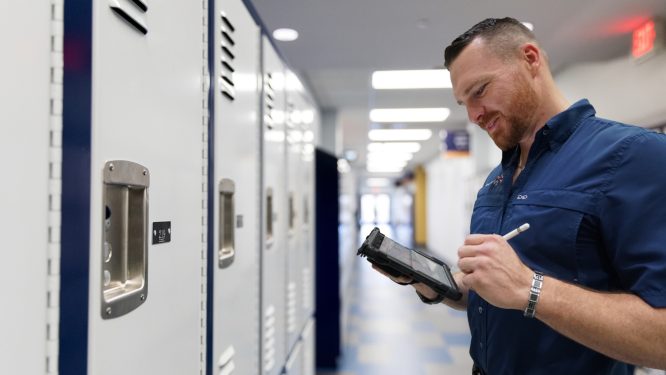
For many school administrators, taking a proactive approach to building a safe and secure K-12 environment starts by reviewing security protocols and creating a plan to upgrade or expand current systems.
But without proper planning, it’s easy to overlook important details about your system and how it operates. That’s where school security assessments can make a huge difference.
In this article, we’ll show you why assessments should be central to every strategic security decision that you make.
Let’s jump right in.
What is a security assessment?
Simply put: A security assessment is a process that helps organizations ensure their security system adequately protects their assets and people.
Typically, this involves working with a security integrator to walk through a site, test devices, identify security gaps, and work with your team to understand how the organization implements your current systems.
Your security partner may also make recommendations for improvements based on past experience, current needs, or anticipated trends for your industry.
01. Problems must be isolated before they can be solved.
By default, school security systems are defensive solutions designed to counteract or deter a threat.
While it’s true that your system may actively scan for an incident, it is unable to act on its own beyond a small selection of preprogrammed rules.
Most of the time, your system can only respond to an incident in progress.
That’s why it’s so important for schools to take the time to understand and isolate which threats that they intend to solve.
Some threats — like school shooters — can be addressed with gunshot detection systems and lockdown measures. Other threats, like bullying or sexual harassment, are more subtle and may require a combination of hardware- and staff-driven solutions to adequately resolve.
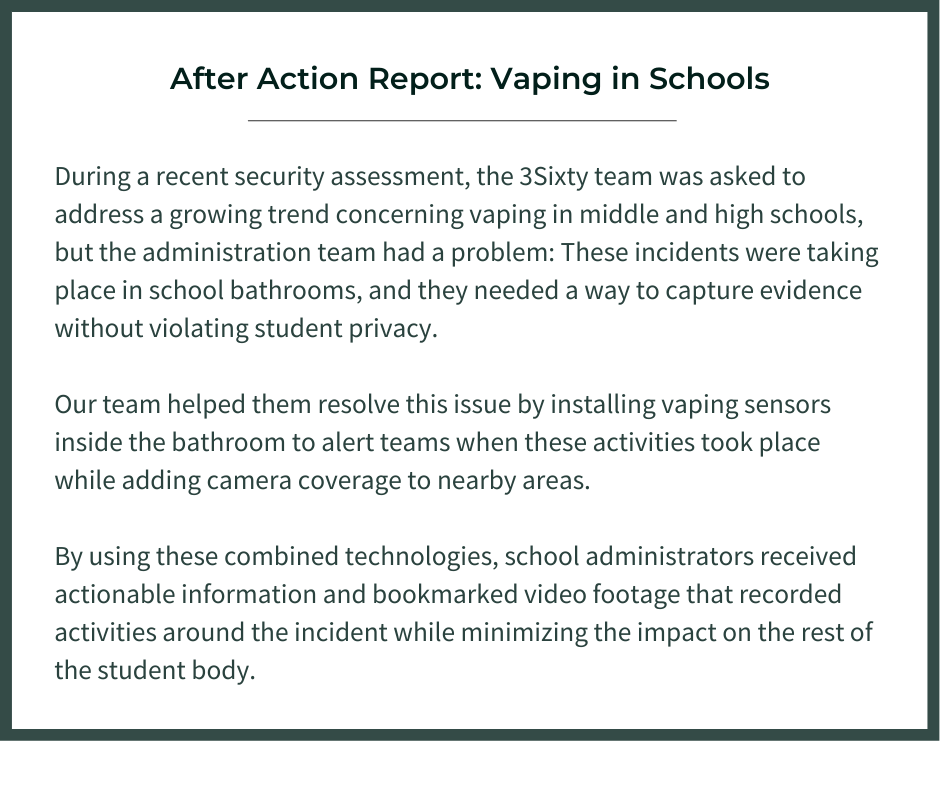
Security assessments can help you better understand your system and what tools you have on hand to isolate and address those issues.
02. System expansion without understanding is a costly mistake.
One critical misconception that many administrators make is the belief that hardware and system expansions are a surefire way to solve a problem.
Unfortunately, this isn’t always true.
While adding additional resources can make a system more robust, if your new hardware isn’t implemented in an effective way, you’re likely to see a minimal return on your investment.
That’s why it’s important to understand your existing system — including what resources you have on hand and how they are being used — before you try to upgrade or expand.
Consider this: As your student body changes, areas of concern can also shift and evolve. Incoming students may congregate in different areas or take advantage of blind spots in your existing system.
Sometimes, a small change in camera location or field of view can make a major difference in security coverage. Redeploying your existing technology may allow you to take advantage of core product features that were not previously implemented while repositioning your equipment for a future expansion.
03. Improper planning leads to long and painful projects.
Security systems are made up of a complex network of hardware, software and other tools.
Every device in your network needs to work together in order to create a robust system that can address current and future threats.
When upgrading your system, it’s important to assess what you already have so that you can select the best tools to complement your existing hardware and reach your desired outcome.
Failing to do so (or partnering with integrators who lack a fully transparent process) can lead to projects that are improperly planned and a pain to manage.
This is also true outside of the security world.
According to the Project Management Institute, 56% of business leaders report that their projects failed due to poor communication or a lack of defined or achievable objectives to measure progress.
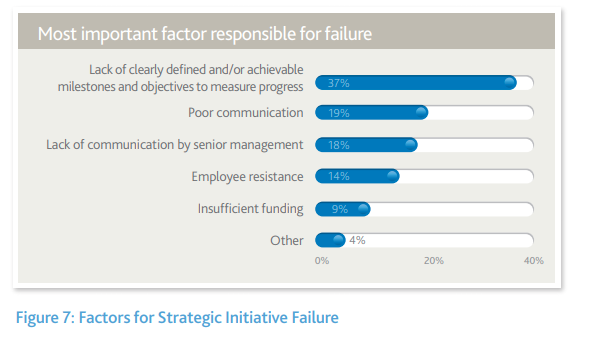
Proper planning and communication are both essential to success when creating powerful security solutions.
A security assessment gives you the information to create that alignment between every member of your security team.
04. Data helps you make more informed decisions.
Good industry data from reliable sources can also help you determine where you’re likely to see emerging threats and what you should do about them.
For administration teams, this information is critical because that knowledge allows you to take a proactive approach to your security needs and address threats that may be just over the horizon.
For example, from 2001 to 2017, the number of schools using security cameras to monitor activity rose by 44%. If you were planning school upgrades during this time, trending data would have indicated that security cameras were a purchasing priority.
And that may still be true. Looking at the data, if your school is in the remaining 17% of institutions lacking cameras, the trend data would indicate that installing cameras is a likelihood in the coming years.
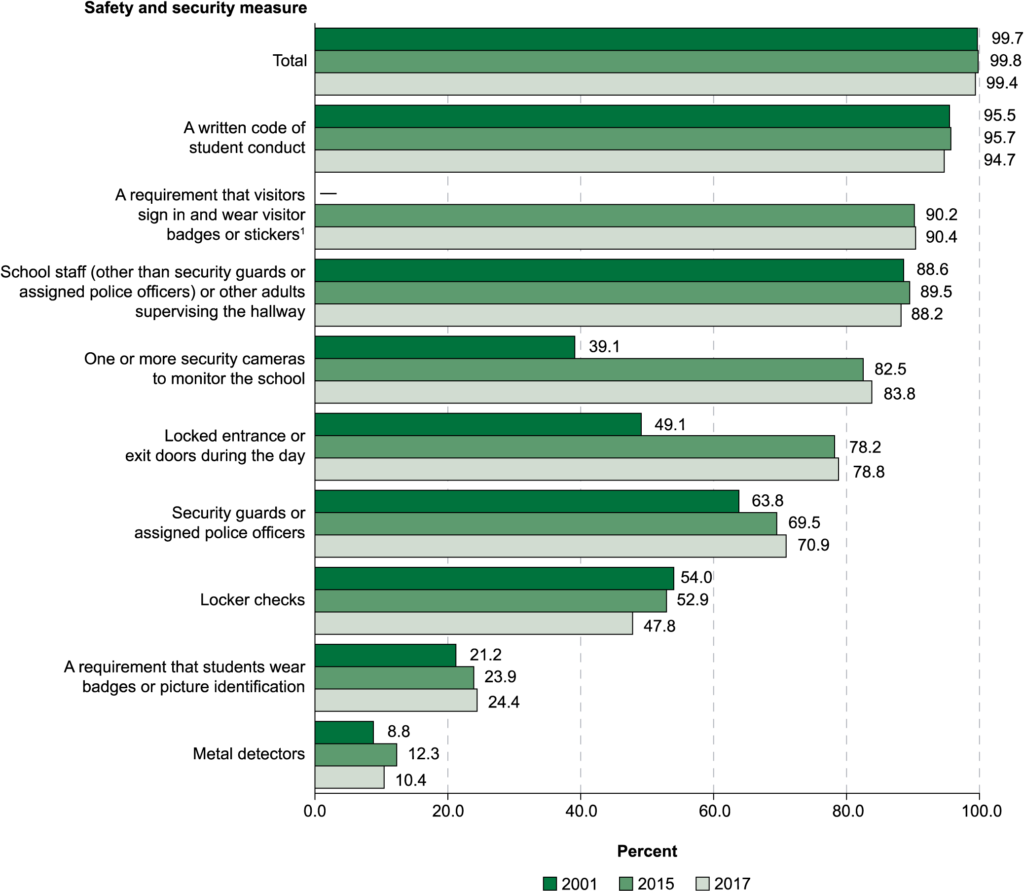
While you have to balance the data and make rational, informed decisions based on the needs of your own school or district, it’s hard to ignore national trends that can help you plan for the future.
Assessments give you the information you need to compare your current system to threats that may be just over the horizon and make plans to address those issues.
05. Current systems may contain unintended coverage gaps.
Creating an effective security system involves a ton of moving parts. While you may have thousands of cameras and access control components at your disposal, most of these upgrades were made over the course of several years.
With all of those variables in mind, it’s easy for a coverage opportunity to fall through the cracks — even in major communal areas and transit paths where coverage appears to be complete.
While spotty coverage might not sound like a major problem, it’s be a bigger issue than you think. The longer that coverage opportunity remains open, the higher the likelihood that students will take advantage of it.
Blind spots in your security network can be gateways to bad behavior, including bullying and harassment.
Statistically, students in 6th, 7th, and 9th grade are more likely to avoid school activities, classes, or more places in school for fear that someone will attack or harm them. This risk is greater for female students.
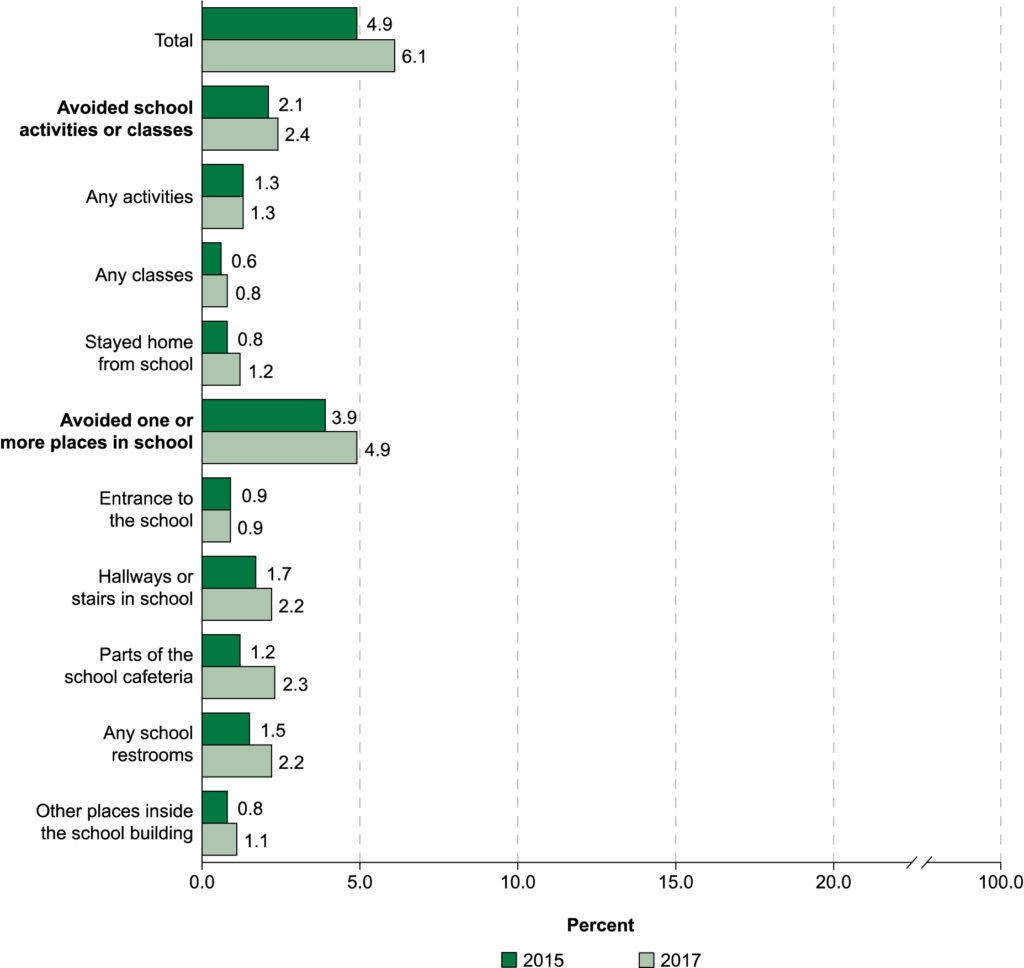
These problems can be solved by closing security gaps, but those are easy to miss without an assessment to help you find them.
A security assessment can help you create a more secure environment by locating unintended gaps in your network, a move that is critical when trying to keep students safe.
06. Replacement lifecycles may be completely overlooked.
Keeping your security system operational and up to date can be a real challenge, especially if you don’t have a great way to manage all of your system information.
Without having the necessary information on hand, it’s easy to miss opportunities to replace devices that are nearing the end of their product lifecycle or have already fallen outside of their warranty period.
When upgrading your system, it’s important to replace these devices so that technicians can provide expedited service when products malfunction and systems fail.
Assessments can help you find devices that are failing, unreliable, or overdue for replacements and find alternative solutions to strengthen your overall security performance.
07. System information is misplaced or never recorded.
Have you ever contacted a system integrator for service but lacked all of the information you need to successfully repair a product?
This is a realistic scenario for many facilities managers and IT teams in schools across the country: A security device malfunctions, but it’s difficult to locate the device on the network or essential details, like serial numbers and warranty information, have been misplaced.
It’s not uncommon for school administrators to spend hours trying to track down old warranties and other system information.
Over the past 20 years, the number of public schools using security cameras has increased from 19% to 83%! When you consider that the average manufacturer’s warranty lasts for three to five years, it’s no surprise that this kind of frustration is so common.
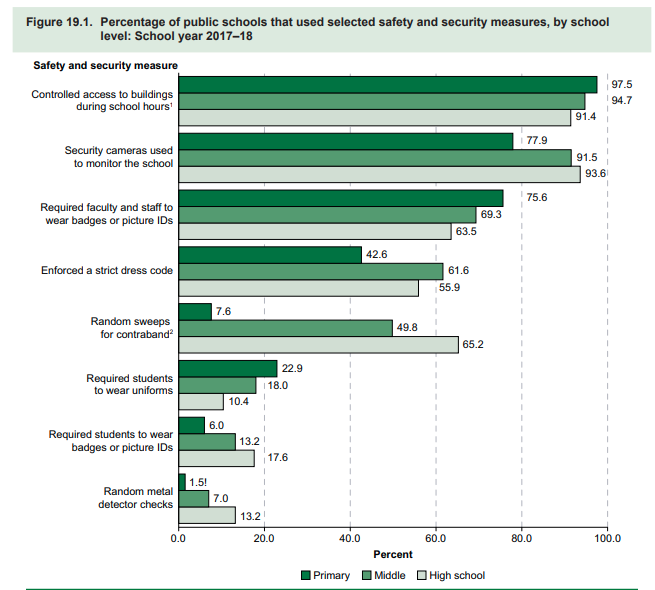
These obstacles can make repairs difficult by elongating the service process. Lacking the appropriate information, a dedicated repair technician may need to make multiple trips to assess the product, order parts, and (finally) repair or replace the defective unit.
It can be such a hassle that it may be easier for some devices to simply stay broken!
A security assessment solves for this by allowing you to capture and consolidate all your critical system information in a way that makes sense so that upgrading and serving your equipment is easier than ever before.
Getting started with electronic security assessment
At 3Sixty Integrated, we know that the first step to creating a great security solution is understanding your system and your perspective.
That’s why security assessments are an essential part of the 3Sixty Security Framework.
If you’re looking for an integrator that can help you take a data-driven approach to system security, upgrades, and innovation, we are more than happy to help.
Technology and security are two rapidly evolving areas where school administrators need strong partnerships to stay ahead of the game.
Figure out where you stand and what you should do next with a security assessment.
Click here to get in touch with our team.

